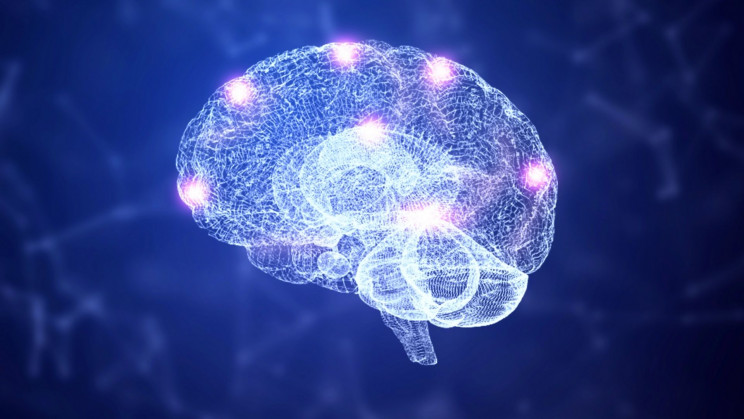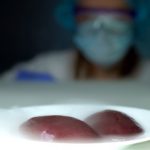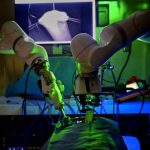
Bringing us one step closer to nanotech treatments. Imagine feeling down. And fixing it with a nasal spray.
Something like this could happen in the near future thanks to researchers in Japan who substantially strengthened an effective nasally-injected anti-depressant brain drug.
The recent research constitutes a novel concept for drug delivery systems, describing a technological solution that could have far-reaching implications for neuro-pharmaceutical research.
But, crucially, the effects were observed to take effect within 20 minutes. And this opens the door to futuristic brain delivery methods, including nanobiotechnology, in addition to genetic engineering (for adults, of course).
Overcoming the challenges for anti-depressant brain drugs
Getting drugs into your brain to treat illnesses has historically remained a challenging horizon for scientists, thanks to stubborn obstacles like systemic absorption, rapid drug degradation, axonal transportation, and the comparably invasive extremes often required by conventional techniques. So researchers in Japan took a shot at enhancing drug delivery into the brain, to elevate this method, and make it just as effective as other delivery techniques. This was done by adding sequences to enhance cell permeability, in addition to an ability to avoid degradation, to an anti-depressant drug called glucagon-like peptide 2. But this didn’t come easy.
Modern-day methods of injecting drugs directly into the brain, known as intracerebroventricular (ICV) administration, are understandably invasive. Alternative methods, including intranasal administration, faced problems that reduced their value, including ineffective cell permeability. And even when the drug has reached the brain and seeped into the neurons, their ability to affect the brain is often reduced because of fast degradation of the drug’s potency, in addition to slow axonal transportation.
The modified drug showed effectiveness within 20 minutes
The research team is a collective of Japanese researchers under the leadership of Professor Chikamasa Yamashita, of Tokyo University of Science. Pooling efforts and resources, the team eventually succeeded in administering the glucagon-like peptide-2 (GLP-2) into a mouse model of depression. Modifications made to the drug allowed it to move faster without degrading too much, while still showing the same therapeutic effects as ICV, according to the recent study. “Although there have been more than 20 years of phenomenal IDD research, I had wondered why it has not been put to practical use. Then, I realized that most IDD research had focused on drug delivery through the olfactory epithelium, which accounts for 2% of human nasal mucosa,” said Professor Yamashita, in a blog post from Tokyo University of Science. “Alternatively, my team focused on the central delivery of drugs through the remaining 98% of such mucosa — respiratory epithelium, specifically through the trigeminal nerve.”
The team of scientists worked with GLP-2, which is a neuropeptide known to exhibit therapeutic effects, even on treatment-resistant depression. Since a lot of drugs that enter a body rapidly lose their effectiveness from endosomal degradation inside living cells, the team from Japan elected to add a peptide-derived sequence to GLP-2, known as a penetration accelerating sequence (PAS). This sequence enables the drug to avoid degradation for a longer timeframe. The scientists also upgraded the drug’s ability to “punch through” the respiratory epithelium, and other surfaces within the body, the penetration of which can reduce effectiveness. And they discovered that the modified drug was therapeutically effective in the mouse model of depression within 20 minutes, comparable to ICV administration. While a breakthrough achievement in nasally-injected anti-depression drugs, this is also a step toward the future of nanobiotechnology, and genetic engineering; two nascent fields with seemingly limitless applications.

